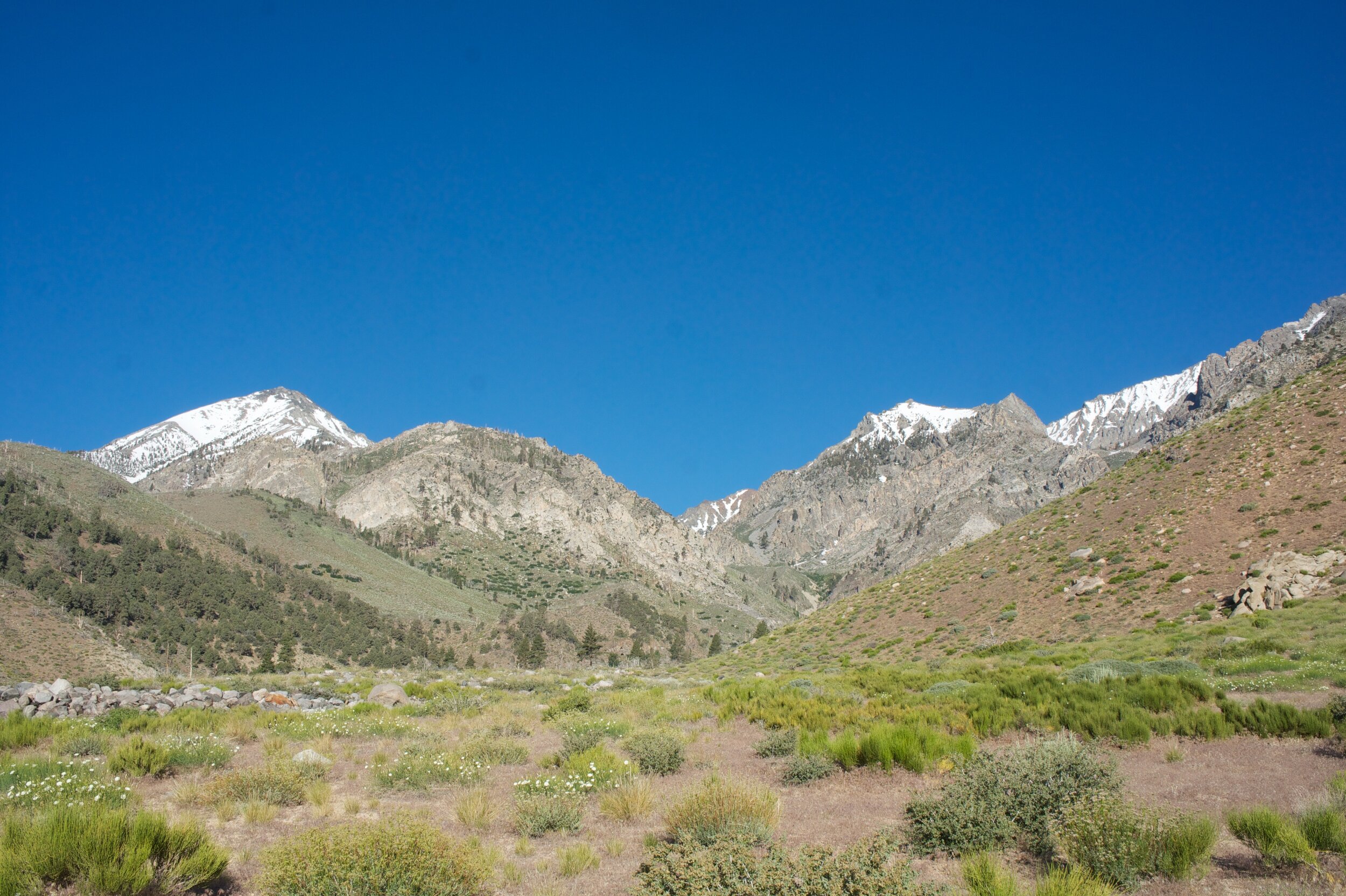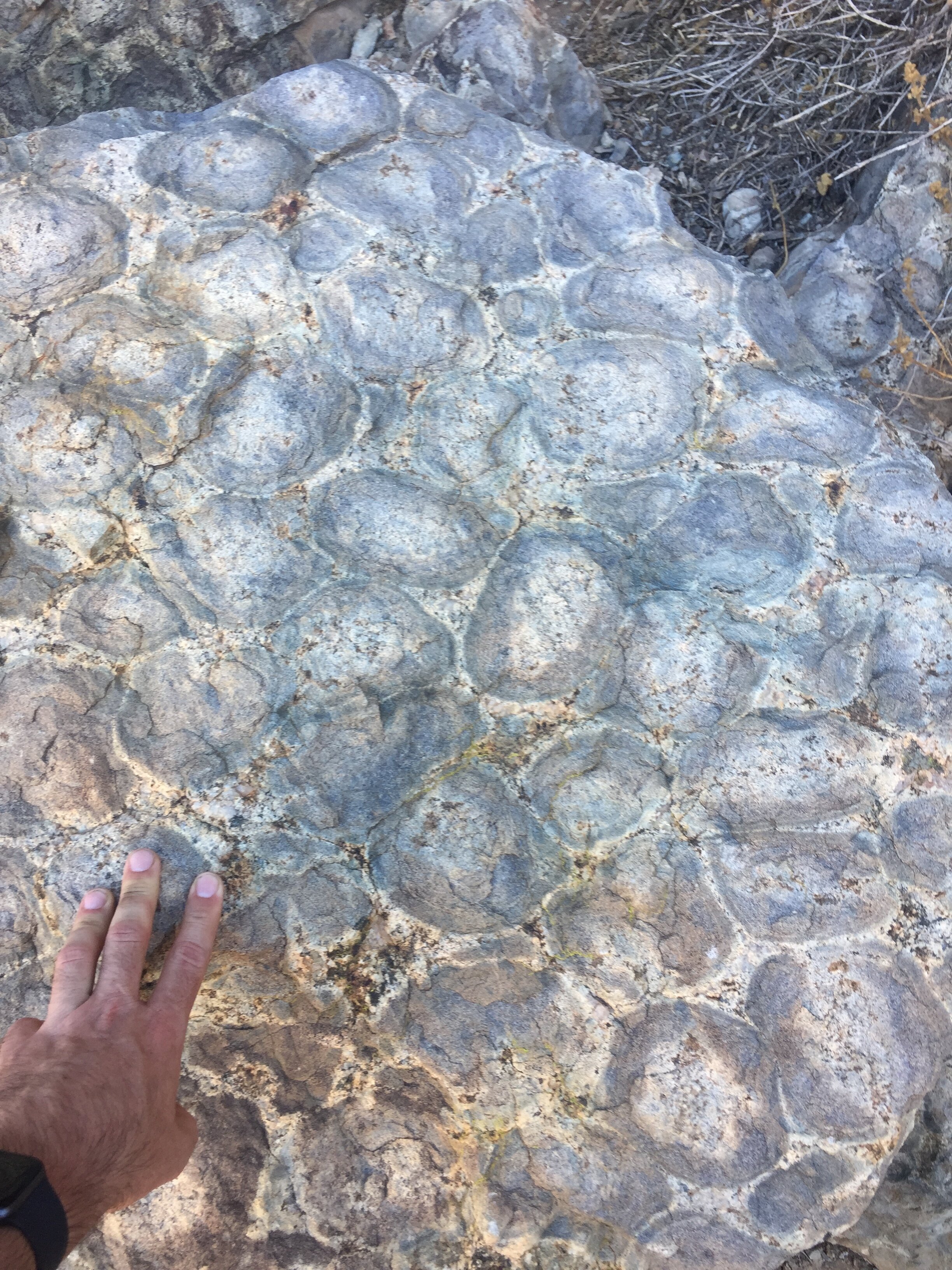
Research
I am passionate about isotope geochemistry and applying this powerful geochemical tool box to a range of problems in hard-rock geoscience, as well as paleo- and environmental sciences. The main thrust of my research focuses on using the isotope geochemistry of magmatic rocks to understand and explain magmatic processes operating throughout Earth’s continental crust. My ultimate goal in this research is understanding the origin and evolution of the continental crust within a broad geodynamic framework – a field referred to as chemical geodynamics. These interests have led me to investigate the origins of enigmatic ultramafic bodies in Madagascar, the petrogenesis of the world’s largest intrusive large igneous province, the Bushveld Complex, and the controversial petrogenesis of Proterozoic anorthosites, in particular the Kunene Complex in Angola. I rely on the particularly powerful radiogenic and stable isotope geochemistry of rocks, along with major and trace element compositions to track and date geological processes in the solid Earth. Chemical geodynamics, however, does not only relate to the solid Earth, but involves understanding how geochemical cycles interface with surficial processes and life. While maintaining a strong focus on solid earth geochemistry and geodynamics, developing research thrusts link an understanding of geochemistry with surficial processes (be it natural or human processes) and the impacts on individuals and society. One such research thrust involves using heavy, stable metal isotope isotopes of Ca, Cu, Fe and Zn as probes of paleodiet, trophic level and paleoecology in fossil hominids, dinosaurs and mammals, especially as proxies of how past environments respond to and recover from environmental stress and extinction events.
Research Thrusts
01.
crustal evolution
02.
Magmatism & metallogenesis
03.
understanding ancient ecosystems using non-traditional stable isotopes
04.
Isotopic technique development
“Science is one of the grand human activities. It uses the same kind of talent and creativity as painting pictures or making sculptures. It’s not really very different, except you do it from a base of technical knowledge. Science is not an inhumane or superhuman activity. It is something humans invented and it speaks to one of our great needs - to understand the world around us!”
Maxine singer | past president - carnegie institution for science




